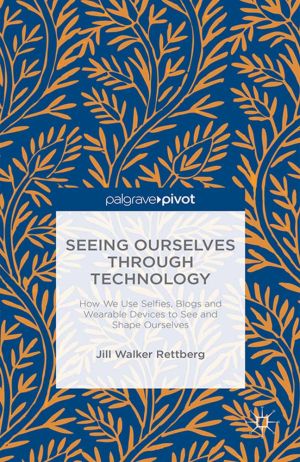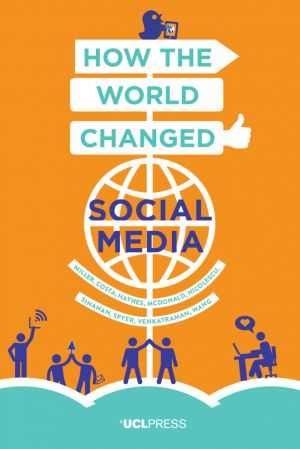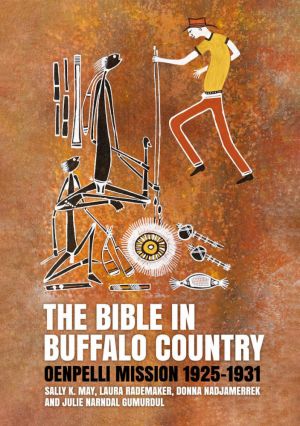
The idea of etnos came into being over a hundred years ago as a way of understanding the collective identities of people with a common language and shared traditions. In the twentieth century, the concept came to be associated with Soviet state-building, and it fell sharply out of favour. Yet outside the academy, etnos-style arguments not only pers...

This lucid and comprehensive collection of essays by an international group of scholars constitutes a photo-historical survey of select photographers who embraced National Socialism during the Third Reich. These photographers developed and implemented physiognomic and ethnographic photography, and, through a Selbstgleichschaltung (a self-co-ordinat...

This open book is about exploring interesting borderline cases of art. It discusses the cases of gustatory and olfactory artworks (focusing on food), proprioceptive artworks (dance, martial arts, and rock climbing qua proprioceptive experiences), intellectual artworks (philosophical and scientific theories), as well as the vague limits between pain...

The nineteenth century witnessed a series of revolutions in the production and circulation of images. From lithographs and engraved reproductions of paintings to daguerreotypes, stereoscopic views, and mass-produced sculptures, works of visual art became available in a wider range of media than ever before. But the circulation and reproduction of a...

This book offers a devastating look at deeply flawed development processes driven by international finance, African governments and the global consulting industry. It examines major river basin development underway in the semi-arid borderlands of Ethiopia, Kenya and South Sudan and its disastrous human rights consequences for a half-million indigen...

Arguing that neo-Victorian fiction enacts and celebrates cultural memory, this book uses memory discourse to position these novels as dynamic participants in the contemporary historical imaginary....

The aim of this book is to facilitate the identification and description of the different organs as well as pathogens and diseases affecting the most representative species of cephalopods focussed on Sepia officinalis, Loligo vulgaris and Octopus vulgaris. These species are valuable 'morphotype' models and belong to the taxonomic groups S...

This book was inspired by the UNESCO UNITWIN Network for Underwater Archaeology International Workshop held at Flinders University, Adelaide, Australia in November 2016. Content is based on, but not limited to, the work presented at the workshop which was dedicated to 3D recording and interpretation for maritime archaeology. The volume consists of ...

This book explores how the body was investigated in the late nineteenth-century asylum in Britain. As more and more Victorian asylum doctors looked to the bodily fabric to reveal the 'truth' of mental disease, a whole host of techniques and technologies were brought to bear upon the patient's body. These practices encompassed the cli...

Selfies, blogs and lifelogging devices help us understand ourselves, building on long histories of written, visual and quantitative modes of self-representations. This book uses examples to explore the balance between using technology to see ourselves and allowing our machines to tell us who we are....

This free book is the first comprehensive guide to a new soft computing technique which is used in complex forensic cases. The chapters include detailed technical and practical overviews, and discussions about the latest tools, open problems and ethical and legal issues involved. The book will be of interest to researchers and practitioners in fore...

For thousands of years, people have been saying that the world is changing and will never again be the same. Yet the profound changes happening today are different, because they result from a specific technological development.
It is now possible, in principle, to remember everything that anyone says, writes, sings, draws, or photographs. Everythi...

This 3rd edition of the highly successful book, acclaimed for its comprehensiveness, accuracy, and excellent illustrations and photographs now comes with updated coverage plus numerous didactical improvements:The number of figures has notably increased, with about one third of them now presented in color. More photographs and schematics make it eas...

This book vividly presents the story of Margery Spring Rice, an instrumental figure in the movements of women's health and family planning in the first half of the twentieth century. Margery Spring Rice, née Garrett, was born into a family of formidable female trailblazers - niece of physician and suffragist Elizabeth Garrett Anderson, and of...

Since the growth of social media, human communication has become much more visual. This book presents a scholarly analysis of the images people post on a regular basis to Facebook. By including hundreds of examples, readers can see for themselves the differences between postings from a village north of London, and those from a small town in Trinida...

How the World Changed Social Media is the first book in Why We Post, a book series that investigates the findings of anthropologists who each spent 15 months living in communities across the world. This book offers a comparative analysis summarising the results of the research and explores the impact of social media on politics and gender, educatio...

"Narratives of Memory, Migration, and Xenophobia in the European Union and Canada" explores the role of memory and narratives of the past political tools and opportunities for cultural reconciliation. This is an edited volume that compiles the proceedings of an interdisciplinary conference and graduate field school that took place in the ...

This book covers all aspects of minimally invasive glaucoma surgery (MIGS) and provides detailed information on each MIGS device, including its mechanism of action; patient selection; implantation techniques; post-operative management; and a review of the existing literature. Step-by-step descriptions are provided for the surgical technique used in...

In July 1905, in Paris, a young Anglo-French woman called Marie Wheeler became the bride of a Swiss émigré, Johannes Schad. Immediately after the wedding, Marie and Johannes moved to London. And there they lived for nineteen years. In 1924, however, something happened to change their lives, and Marie, in many respects, simply disappeared.
Pari...

Arriving in the remote Arnhem Land Aboriginal settlement of Oenpelli (Gunbalanya) in 1925, Alf and Mary Dyer aimed to bring Christ to a former buffalo shooting camp and an Aboriginal population many whites considered difficult to control. The Bible in Buffalo Country: Oenpelli Mission 1925 - 1931 represents a snapshot of the tumultuous first six ye...
